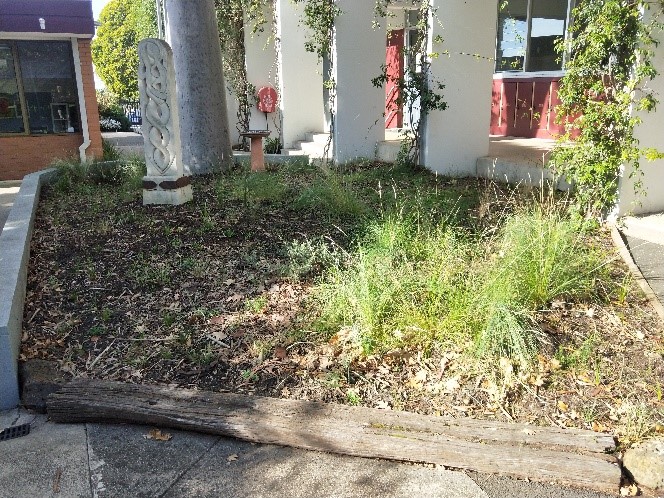- Posted on
- Sustainability,Technology
World Environment Day – Theme is Biodiversity “Time For Nature”
“The foods we eat, the air we breathe, the water we drink and the climate that makes our planet habitable all come from nature. Yet, these are exceptional times in which nature is sending us a message: To care for ourselves we must care for nature. It’s time to wake up. To take notice. To raise our voices. It’s time to build back better for People and Planet. This World Environment Day, it’s Time for Nature.”
Native Grassland and Woodland Indigenous Garden at Clonard
We would like to celebrate the planting of our Native Grassland and Woodland Indigenous Garden at Clonard, by our Laboratory Technician, Craig Billows. These grasses and wildflowers were planted before winter with the hope that the garden will begin to flower in spring and through the summer. There are 40 different species of grasses and wildflowers planted, with over 400 individual plants in the ground. Some of the plants include: Yam Daisy (Murnong) Microseris lanceolate (edible tap root), Chocolate Lily Arthropodium strictum (edible tubers), Bulbine Lily Bulbine bulbosa (yellow flower pictured) has an edible corm, Native Celery Apium prostratum (edible), Running Postman Kennedia prostrata (sweet nectar). Many of the plants were purchased from the Bellarine Landcare Nursery. http://www.bellarinelandcare.org.au/index.php/our-nursery

This garden is unique in introducing a variety of native grassland species from the Geelong area to represent two very rare and threatened ecological vegetation communities once extensive across the Victorian volcanic plain (VVP). These Temperate Grasslands and Grassy Eucalypt Woodlands of the VVP are listed nationally as critically endangered. This means they are one step from extinction if they are not managed properly. Less than 5 percent of these two communities combined currently occur from Melbourne and the western shores of Port Philip Bay to west of Hamilton, almost to the South Australian Border.
By planting this native grassland/grassy woodland habitat at Clonard College, we hope to establish a learning resource which will raise awareness of:
- The plight of these extraordinary vegetation communities and how we can assist in their protection and enhancement.
- The importance of these ecosystems to the Aboriginal people of this region and how these plant and animal resources were valued and utilised by the traditional custodians of the land for food, textiles and other uses.
- The diversity of native plants and how they have adapted to their environment and interact with other species.
- How plants are identified and categorized using scientific methods.

Here are some suggestions for fun, biodiversity-supporting World Environment Day activities:
· Plant native Australian flora for the bees: bee populations are dwindling all over the world, and ensuring that native Australian bee species have plenty of their favourite flowers and plants on which to feed goes a long way towards helping those populations build back up. Plant abelias, bottlebrushes, honey myrtle and other native Aussie flowers.
· Walk or Bike Ride: go for a walk or bike ride in nature, and give yourself an opportunity to explore and appreciate the biodiversity all around.
· Make compost: composting is an amazing and entirely natural way to create nutrient-rich soil for any land that is being gardened or farmed. Using compost for gardening will eliminate the need for artificial fertilisers and pesticides, both of which can harm local biodiversity.
· Build a bird feeder: Australia is home to some incredible bird species. Why not give them something to snack on by building a bird feeder with your children?
· Educate yourself on the importance of biodiversity.
https://www.worldenvironmentday.global/about/biodiversity
https://www.twinkl.com.au/event/world-environment-day-australia-2020



